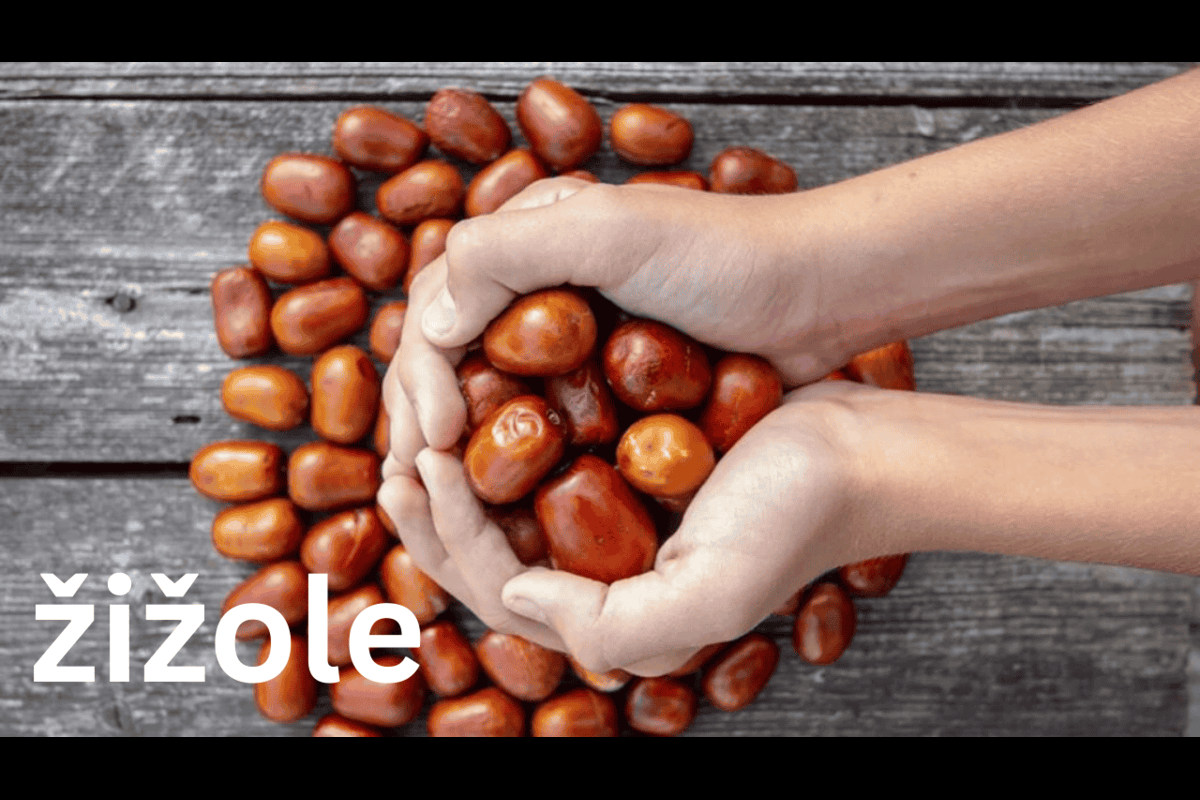Among the many treasures of Mediterranean and Eastern European culture, žižole holds a special place. Known as a jujube, this sweet treat holds centuries of tradition, symbolism, and culinary value.
From the family gardens of Dalmatia to the medicinal plants of Asia, žižole is much more than a simple fruit: it represents heritage, healing, and connection to the earth. In this article, we’ll explore the meaning of žižole, its cultural roots, health benefits, and role in modern culinary culture.
What are Žižole?
The term žižole refers to the jujube, a small, reddish-brown drupe with a date-like flavor. Scientifically known as Ziziphus jujuba, this fruit thrives in warm climates and has been cultivated for millennia.
In Croatian regions such as Dalmatia, it is a very common autumn fruit, usually eaten fresh, dried, or preserved. The tree itself is robust and hardy, a symbol of longevity and wealth.
Cultural Significance in Dalmatia and Surrounding Areas
In the Adriatic region, and more specifically on the Dalmatian coast, it has long been part of rural traditions. Families planted trees in their gardens, not only for their fruit, but also as a symbol of abundance and resilience.
Throughout history, this fruit has been part of:
- Local festivals, celebrating the autumn harvest;
- Traditional medicine, used as a soothing remedy and natural tonic;
- Family traditions, often offered as a treat at gatherings.
For many, it is more than just a food: it is a reminder of ancestral ties and Mediterranean heritage.
Nutritional and Health Benefits of Žižole
In addition to its cultural value, it is rich in nutrients that make it a powerful health food. Its main benefits include:
- Rich in vitamin C: strengthens the immune system and skin health;
- Antioxidants: protect cells from oxidative stress;
- Natural sedative properties: traditionally used to calm the mind and improve sleep;
- Digestive aid: promotes intestinal health thanks to its fiber.
In Eastern and European traditions, žižole has long been considered a medicinal fruit, valued as much for its well-being as for its flavor
Culinary Uses of Žižole
It’s versatility makes it a true culinary gem. In both traditional and modern cuisine, it can be enjoyed in many ways:
- Fresh fruit: Crisp and apple-like when green, sweet when fully ripe.
- Dried snacks: Smooth, date-like texture with concentrated sweetness.
- Infusions: Prepared for their calming and immune-boosting effects.
- Jams and syrups: Common in Mediterranean cuisine.
- Infused liqueurs: Homemade liqueurs made from the žižole fruit.
This variety makes it a staple in both traditional homes and gourmet kitchens.
Žižole Symbolism
Like many ancient fruits, žižole has rich symbolism:
- Longevity and vitality: This hardy tree and its nutrient-rich fruit symbolize strength.
- Balance and harmony: It is used in traditional remedies to calm energy.
- Hospitality and abundance: It is often shared at family and community gatherings.
This symbolism reinforces its cultural significance, transforming the fruit into a symbol of well-being and connection.
Žižole in Modern Culture
In recent years, interest in traditional and forgotten foods has increased, and it is experiencing a subtle revival. Today, it is embraced in:
- Organic markets: valued for its natural health properties;
- Gourmet cuisine: chefs are experimenting with ingredients from the ancient world;
- Herbal wellness products: teas, supplements, and oils;
- Cultural tourism: Visitors to Dalmatia enjoy tastings of the local žižole.
This renewed popularity positions žižole as a bridge between tradition and modern health trends.
Cultivation and Conservation of it
For gardeners and small farmers, žižole is an attractive crop:
- Hard-growing: It tolerates dry and rocky soils.
- Easy maintenance: It requires little care once established.
- High yield: It produces abundant fruit every fall.
Conservation methods such as drying, jam-making, or fermentation allow it to be enjoyed long after harvest
Challenges and Opportunities for Žižole
Although this fruit is popular in some regions, its global recognition poses challenges.
Challenges
- Limited awareness: Many cultures outside the Mediterranean and Asia are unfamiliar with it.
- Small-scale production: Cultivation for export is uncommon.
- Crossing identities: Known by various names (jujube, red date, žižole), it can cause confusion among consumers.
Opportunities
- Healthy eating trends: Natural, nutrient-dense fruits are in high demand.
- Cultural branding: It could be marketed as a “superfruit with cultural heritage.”
- International cuisine: It offers unique flavors to chefs and product developers.
The Future of Žižole
As the world increasingly values authentic, nutrient-dense, and culturally rooted foods, it has great potential to once again become a global favorite. Whether through dietary supplements, culinary innovations, or cultural tourism, they are well positioned to thrive in a world seeking wellness and tradition.
Conclusion
The story of it is one of tradition, health, and cultural richness. From Dalmatian gardens to Asian herbal medicine, this fruit has nourished generations, both physically and symbolically.
Today, as consumers rediscover traditional foods, žižole represents more than just a fruit: it embodies longevity, well-being, and the fusion of the old and new worlds. With its unique flavor, health benefits, and cultural significance, žižole deserves a place among the world’s most treasured natural foods.
